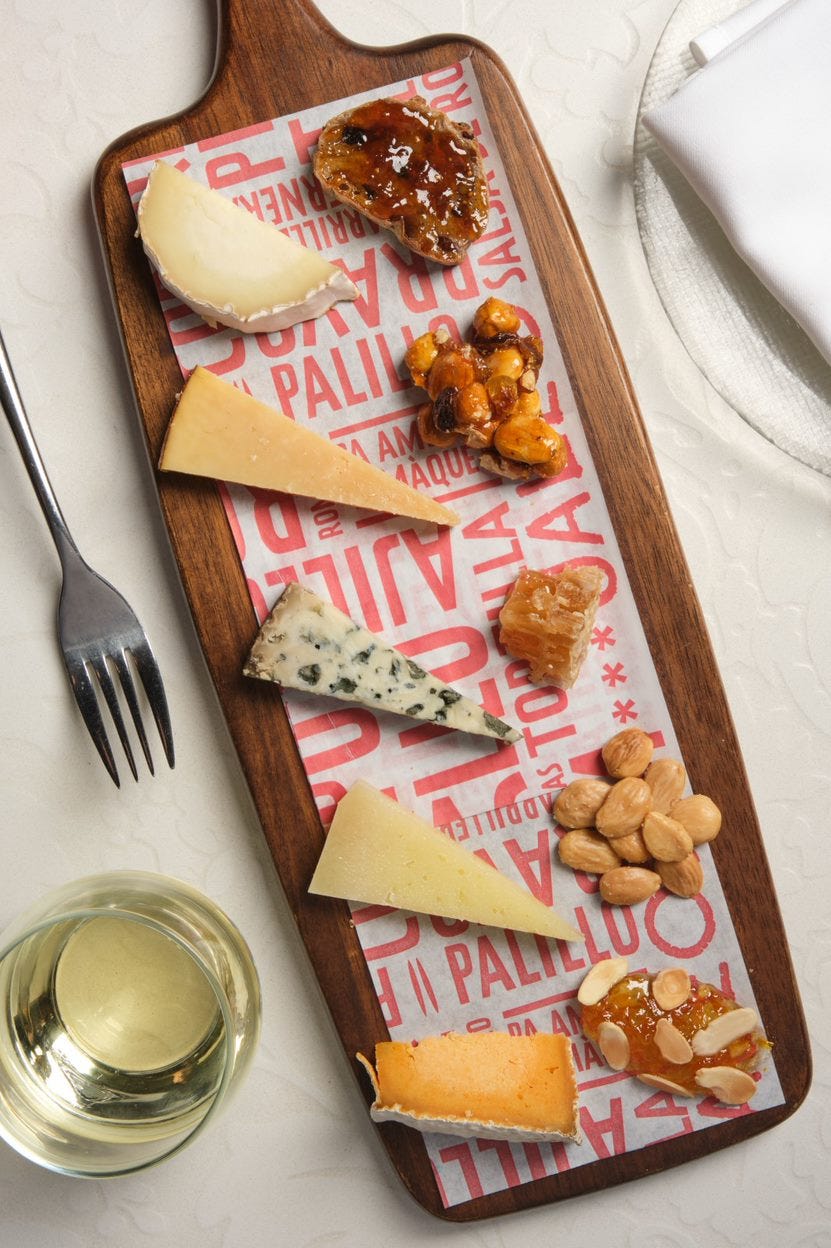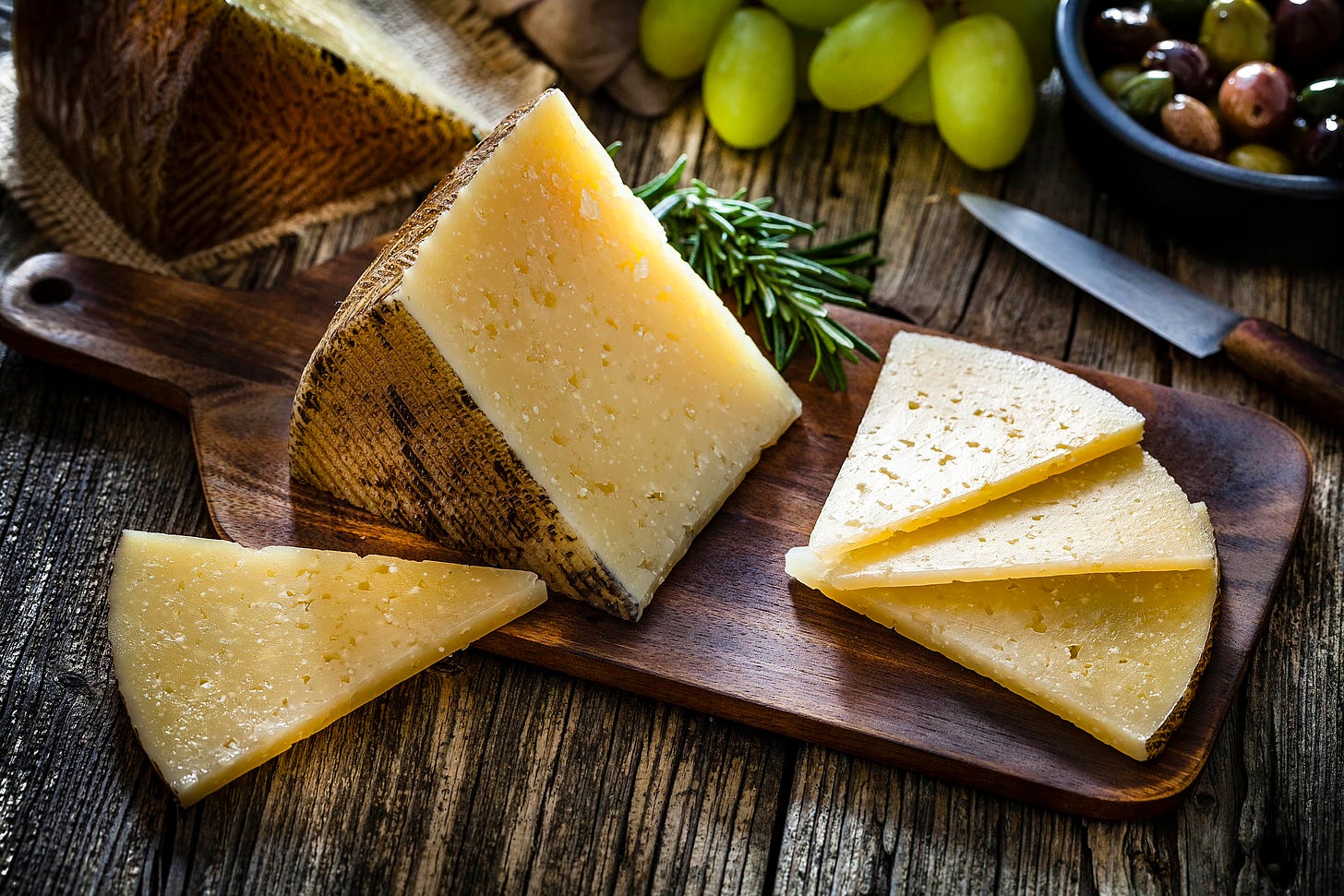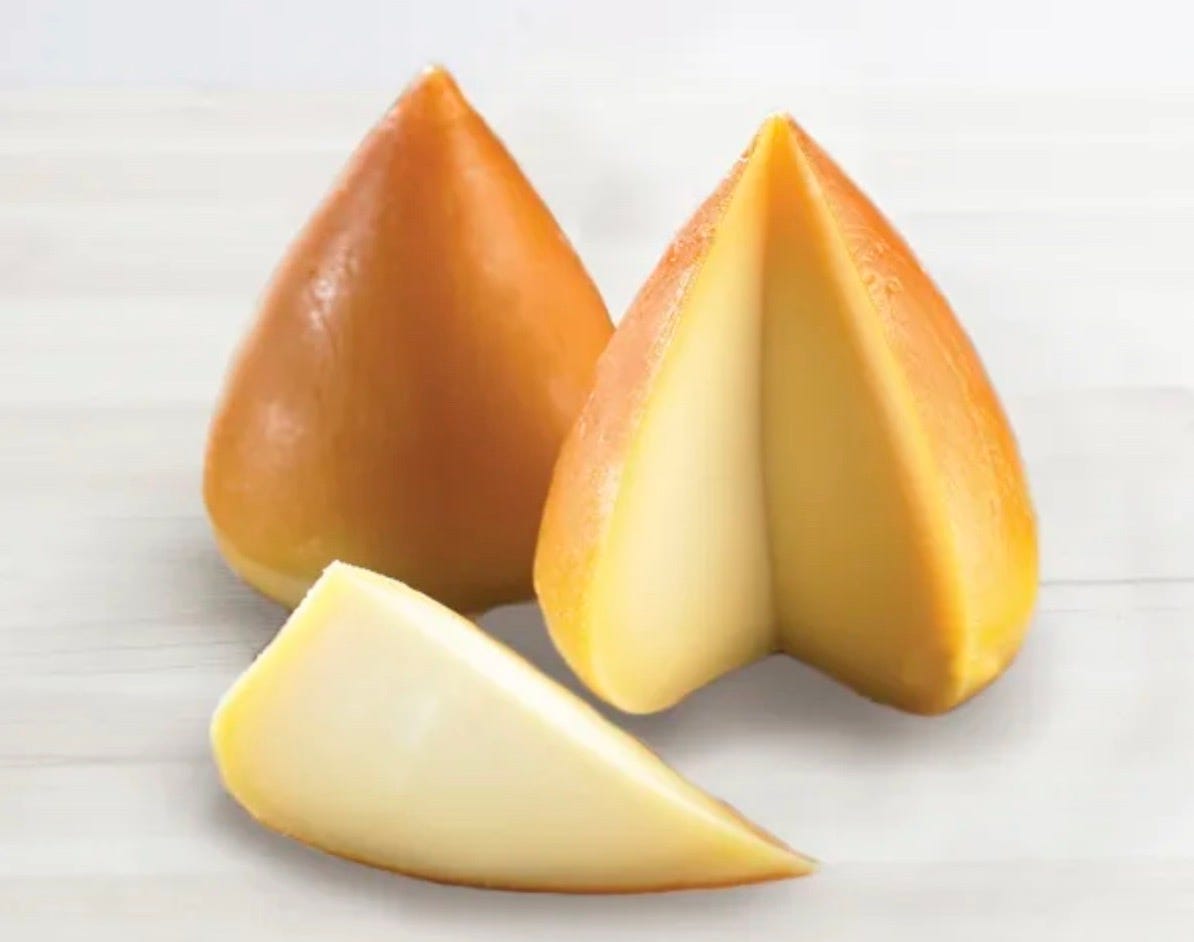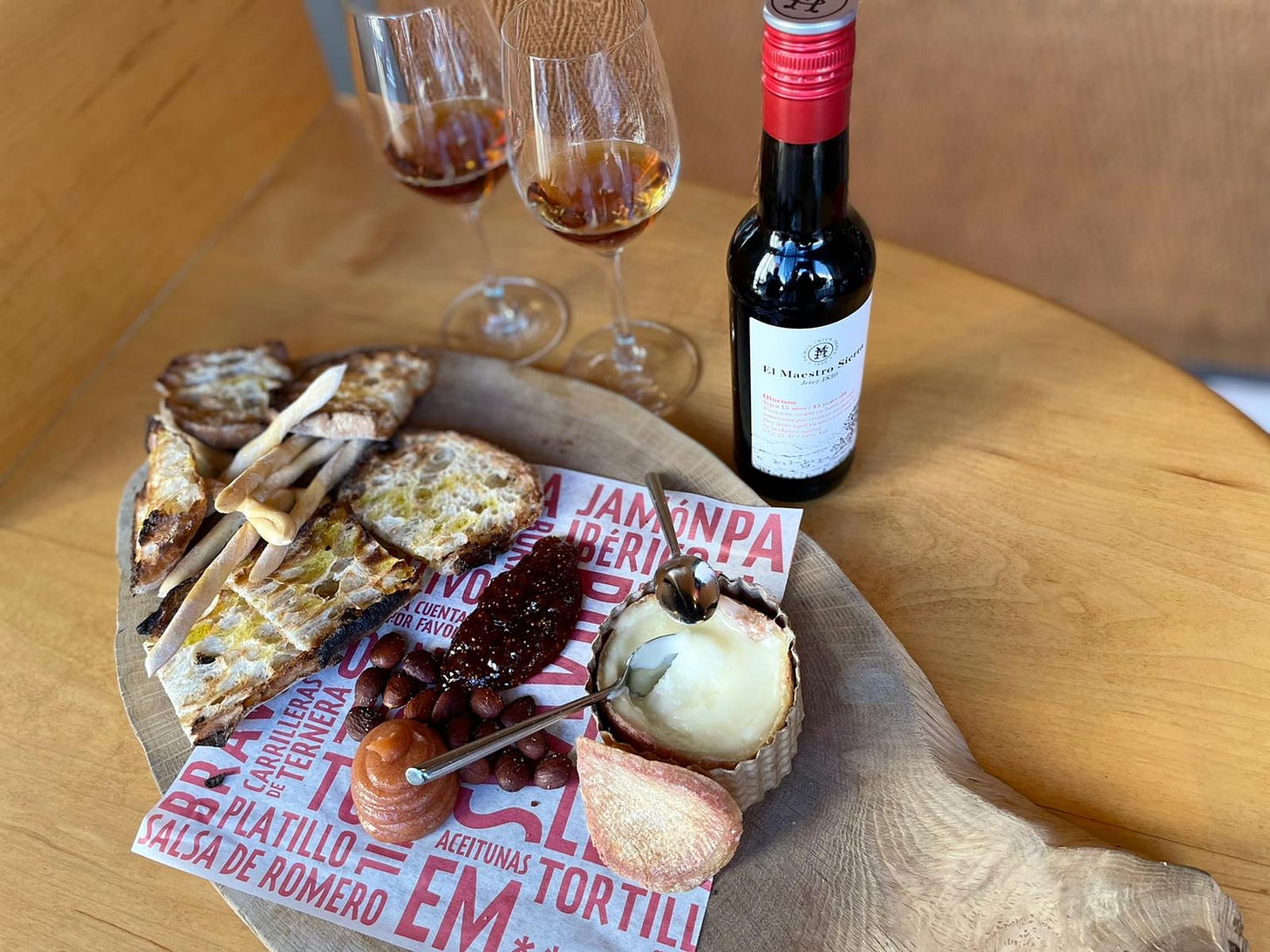The thing I could eat every single day
This is my desert island food.
My friends, you know when people ask you, what foods will you take with you on a desert island? Cheese will definitely be one of them for me! (I hope I can bring more than one, because I don’t think I can decide.) But, the point is, I love cheese! At home, we always have local cheeses from Maryland, Pennsylvania, and Virginia in the fridge, and obviously many, many from Spain.
You probably know the most popular ones like Manchego and Cabrales? But there are so many more that are produced across Spain’s diverse regions from the coast of Galicia to the Balearic Islands and from all sorts of milk, too…from goat’s milk, found mostly along the Mediterranean coast from Catalonia to Andalucía; from sheep’s milk, which are mostly inland from the north, in Cantabria and the Basque Country, down to the flat lands of Castilla-León, Castilla La Mancha, Aragón, and Extremadura; and finally from cow’s milks, which are mostly produced in the north from Galicia to the Basque Country, and along the northern Cantabria Mountain Range and the Pyrenees. On the Canary Islands as well as the Balearic islands (Mallorca, Menorca, Ibiza and Formentera), you will find mostly goat's milk cheese and some mixed milk cheeses.
With all of these regions making cheese, Spain actually now has 26 Denominations of Origin (DOP) for cheese—including Manchego, Tetilla, Mahon, Idiazabal, and Cabrales—and each DOP region has its own unique characteristics, such as the type of milk used, the aging process, and the shape and size of the cheese.
So, my friends, today I am going to share some of my favorite cheeses made in Spain, and then on Friday I am going to get a little more personal about the ones that are made where I am from in Asturias. I’m excited to share some stories about my mother Marisa, the one who really taught me to love blue cheese.
Be sure to let me know what your favorites are too! And if you want to buy any of these, we have many of them available on our Mercado Little Spain shop (don’t forget, many of you have a 15% discount! A nice bonus for monthly and annual subscriptions!)
Manchego
Yes, we all know and love Manchego, which has a rich history in Spanish cuisine, dating back to the Roman era when raising sheep in the La Mancha region was common. Today it is still made from the milk of the Manchega sheep (from La Mancha), and is typically aged for at least 60 days, but can be aged up to two years, which makes a cheese that’s sharper and more intense and to me more interesting flavor. I love it with some pieces of pan con tomate and maybe some jamón on the side, and I even put it in mashed potatoes!
San Simón
This smoked cow’s milk cheese comes from Galicia, Spain. Even though it’s smoky, it’s still quite buttery and mild. I actually use this cheese to make Bikini sandwiches, and you can try the recipe here.
Tetilla
This mild cow’s milk cheese from Galicia is made from the milk of well-known breeds of cows such as Frisians, Alpine Browns, and Rubia Gallega that graze on the beautiful pastures behind the coastal mountain ranges. The cheese has a distinctive conical shape that gives the cheese its name: tetilla, which means little breast. It has a mild semi-soft texture, and you can serve it just with some fruit and a bottle of Galician white wine, like Albariño or Treixadura from Ribeiro, but you can also use it for melting in grilled cheeses or baked dishes.
Mahón
This semi-hard cow’s milk cheese comes from the biggest town on the small island of Menorca, Spain. It’s a young cheese, so it has a fruity aroma and has a little salty tanginess because the cows graze and the cheese is produced within miles of the ocean. It’s a hard cheese and I like to eat it the traditional way they do in Menorca, with extra virgin olive oil, freshly ground black pepper, and tarragon, or melted on bread.
Majorero
Majorero is one of the most popular Spanish cheeses and also one of the most rich and pungent! This hard-pressed goat cheese comes from the Canary island of Fuerteventura, where it is made mostly from the local Majorero goat’s milk and some sheep’s milk. The cheese is so famous that a cheese museum was opened in Antigua on Las Palmas in 2014 to celebrate this famous cheese! I love the Spaniards, a museum for cheese!
Idiazábal
You’ve probably had this lightly smoked sheep's milk cheese, one of the most traditional and well-known farmhouse cheeses from Spain's Basque Country. It’s made in a very traditional manner, from unpasteurized sheep's milk and smoked over beech wood, where it gets that distinct smokiness. This is the perfect cheese to melt on top of grilled burgers, on toasted bread, or even grated in salads.
Queso Payoyo
This is not as well known a cheese, but it’s a delicious one, tangy, soft, and creamy cheese and made from a blend of goat and sheep’s milk cheese. This cheese gets its name from an ancient breed of Andalusian goat, and has a salinity and a beautiful aroma of herbs. You can serve it on its own or with a Manzanilla sherry to highlight its saltiness.
Roncal
Roncal is somewhat similar in taste to Pecorino Toscano and Manchego…it has that same nutty flavor. It is made in one of seven villages in the Roncal Valley and comes from the rich sheep's milk of the legendary Lacha and Aragonesa breeds of sheep grazing up in the mountains. This is a great cheese to add to a board with some smoked meats, dark breads, and dried fruits, and you can also grate it over pasta or a stew!
Torta Del Casar
Many people call Torta del Casar a spoon cheese, because the middle is almost like a custard or a pudding that you can scoop out with a spoon! The cheese is made from raw sheep’s milk, and it develops a semi-firm outer crust that you peel away to eat. This is a super fatty, buttery cheese which you can spoon onto slices of fresh bread and serve with some Cava. Cheers!








That spoon cheese looks amazing, definitely need to find that!
Growing up in Vermont included dairy every day, and a good sharp cheddar was among my favorites. When I realized dairy did not agree with me, that was the thing I missed the most. Oh happy day when I found that the lesser lactose of sheep’s milk cheeses meant I could have the occasional emotional support cheese treats! ❤️